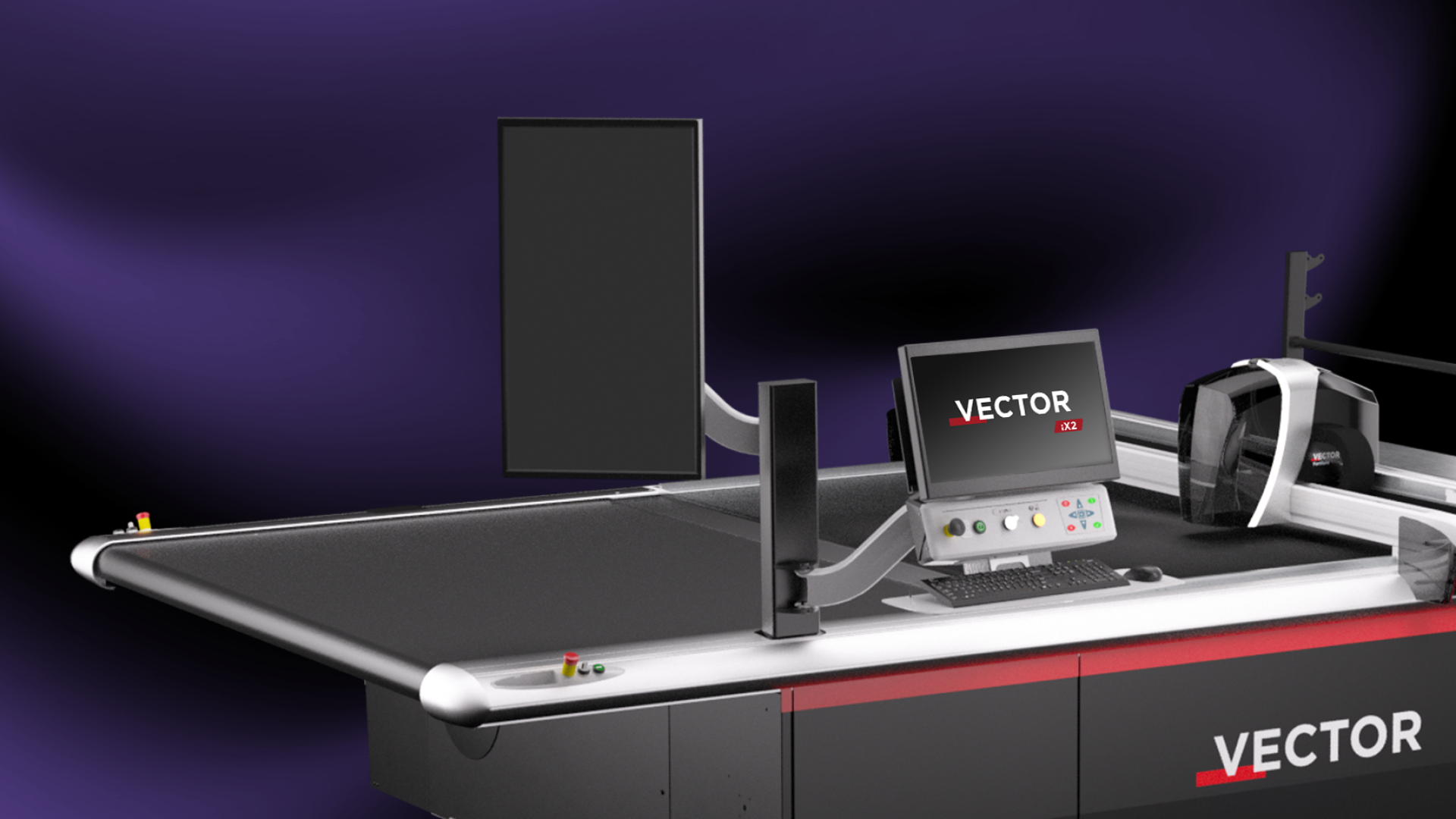Flexibility and performance in Automotive prototyping
The last two decades have seen a significant evolution in the automotive sector, driven by the integration of alternative fabrics and materials in an age where sustainability and eco-friendly manufacturing processes are at the core of business practices. Today's vehicle interior manufacturers face increasing pressure to meet stricter CSR requirements and tackle significant cost management challenges. Simultaneously, they must ensure operational excellence through innovative solutions that allow them to handle a wide variety of fabric types, including complex ones, and maintain efficient processes in the cutting room.

Prototyping has become crucial in this context
Allowing manufacturers to simulate production before mass production, ensuring the cutting quality and configuration are up to standard. Additionally, the demand for small series production with specific materials, such as car interiors, emphasizes the need for high performance and quality without the necessity for large quantities or numerous plies. This shift highlights the industry's adaptability and commitment to innovation while maintaining environmental consciousness.
The biggest hurdles facing manufacturers
Manufacturers of low-ply equipment encounter numerous challenges in their pursuit of operational excellence. One primary challenge is proving return on investment (ROI) and profitability while maintaining high performance standards, and to help firms overcome significant cost management challenges. To achieve this, flexibility is essential, as manufacturers must manage various programs, complex geometries, and work order variability. This extends to accommodating a wide range of fabric types and designs, often involving intricate geometries.
Sustainability is a significant challenge in this ecosystem. The demand for eco-friendly materials is rising, necessitating efficient cutting methods that minimize waste and noise pollution. These challenges require innovative, technological solutions that adapt to the evolving demands of the automotive industry today.
How technology can help
Choosing the right equipment to meet these demands is not always straightforward. To address special sales requests for technical textile models, Lectra has developed three specific pieces of equipment tailored to different production needs. VectorAutomotive Q2, iX2 and iX2M are the first cutting solutions on the market eco designed for lower energy consumption and operator comfort.
The Vector Automotive Q2 is designed for prototyping. This equipment tests and validates ergonomics, mechanical properties, and industrialization processes under real conditions, allowing manufacturers to refine designs before full-scale production. In short, Vector Q2 is designed to simulate different production scenarios with no additional cost before launching the mass production process itself.
For small series production, the Vector Automotive iX2 excels at cutting intricate, complex shapes across various fabric types. Its ability to handle different fabrics and complex geometries makes it invaluable for producing small batches of high-quality components.
The Vector Automotive iX2M also caters to small series production but specializes in cutting patterned fabrics, ensuring design integrity and quality through precise alignment and cutting. iX2 and iX2M offer suppliers the agility to fulfill complex, variable orders and cut new textiles, all while reducing running costs due to their Industry 4.0 compatibility and durability.
Advantages of Lectra Solutions
These specific solutions developed by Lectra offer several advantages that distinguish them from conventional mass production equipment. These include high-quality cutting and drilling capabilities to ensure precise results, while remaining cost-effective and user-friendly.
Optimized total cost of ownership is another critical advantage. The intuitive designs speed up onboarding and enhance performance; longer but less frequent maintenance cycles reduce downtime, and a machine availability rate of 98% ensures consistent production schedules. Furthermore, the solutions’ reduced running costs further enhance economic viability.
Moreover, Lectra’s commitment to sustainability is evident in energy-efficient turbines that reduce power consumption. Lightweight and ergonomic designs improve operator comfort and safety, while radar technology enhances operational safety. Such technology allows for the seamless transition from fabric spreading to offloading streamlines production, and with all equipment being made in France, high-quality standards are ensured.
Lectra equipment also ensures enhanced data visibility and greater flexibility. Compatibility with Industry 4.0 standards allows seamless integration into existing digital ecosystems, providing near-real-time insights that enhance decision-making. Additionally, adjustable cutting strategy settings enable easy switching from 2.5 cm ply to single-ply cutting modes, ensuring precise cutting quality across various fabric types. This adaptability is crucial for meeting changing production requirements while maintaining high standards.
Lectra’s adapted technology is essential to mitigate the impact of fabric variations on production activities in an automotive ecosystem still coming to terms with significant changes and demands. When quality is critical, selecting the right solution is paramount and the ROI of sophisticated equipment depends on production and frequency levels. Manufacturers must therefore choose equipment that aligns with their specific needs to achieve high performance, flexibility, sustainability, and productivity in design, prototyping, and small series production.









